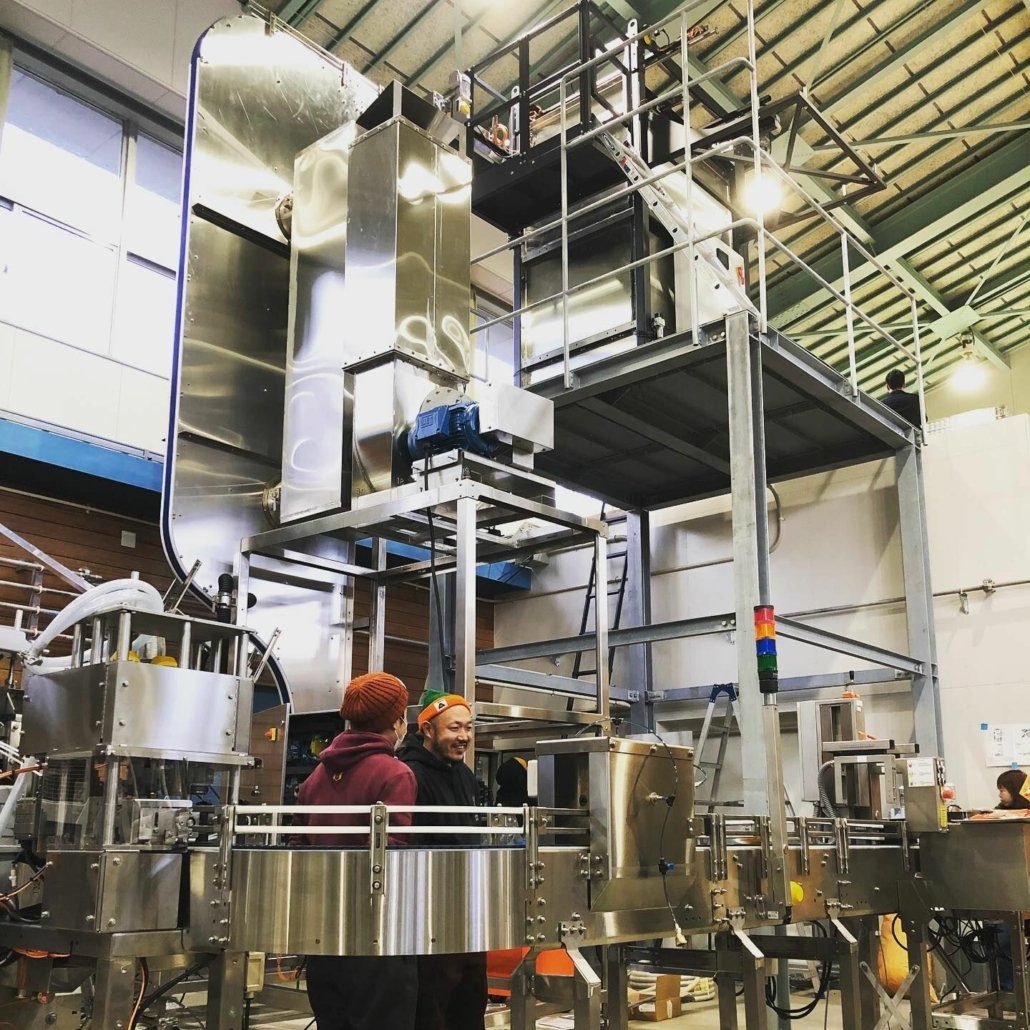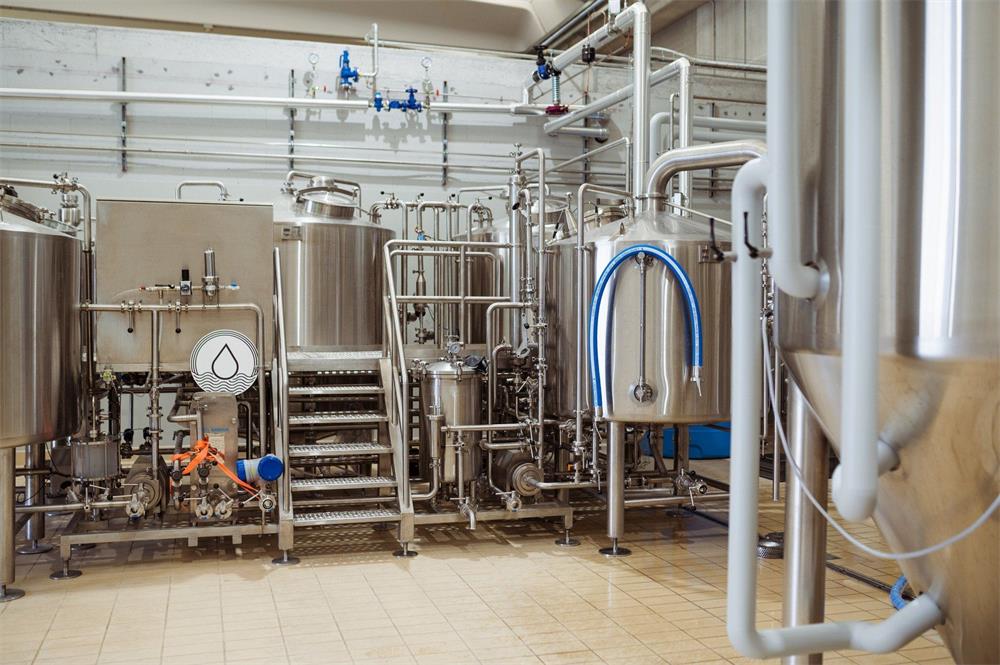Electric Brewing Systems
Overview of Electric Brewing Systems
Electric brewing systems have become a game-changer in the world of home and professional brewing. As more brewers turn to electric options for their setup, these systems offer benefits like precise temperature control, energy efficiency, and the ability to brew indoors without a gas setup. But, with various models, features, and capacities available, choosing the right electric brewing system can be complex. This guide dives deep into the details, helping you make an informed decision on everything from system types and customization to maintenance and supplier selection.
What is an Electric Brewing System?
An electric brewing system uses electricity to heat water and brew beer, replacing traditional gas burners with heating elements. This system allows brewers to have full control over their brewing process in a clean, efficient manner. It’s particularly popular in settings where space and ventilation are limited, making it ideal for home brewers and small breweries.

Electric Brewing System Equipment Guide
Each electric brewing system comprises specific components designed for brewing efficiency and consistency. Let’s walk through the main equipment you’ll need and explain the key details for each.
| Component | Function | Details |
|---|---|---|
| Brew Kettle | Holds the liquid wort as it boils | Often equipped with heating elements and temperature controls |
| Mash Tun | Vessel for mixing hot water and grains to extract fermentable sugars | Insulated to maintain a stable temperature |
| Heating Elements | Provides electric heat to the brewing vessels | Available in different wattages to control power usage |
| Pump | Circulates the wort through the system, aiding in consistency and clarity | Allows for a smoother flow and better heat distribution |
| Control Panel | Allows brewers to adjust temperature and timing | Offers digital or manual options, often with programmable settings |
| Chiller | Quickly cools wort after the boil, critical to prevent unwanted bacteria | Can be an immersion chiller or plate chiller, depending on system needs |
| Fermentation Tanks | Vessels where the wort ferments into beer, sealed to control air exposure | Can range from basic to advanced models with temperature regulation |
Types of Electric Brewing Systems
Choosing the right type of electric brewing system depends on your brewing scale, budget, and desired control level. Here’s a breakdown of the primary types, so you can see how they measure up.
| Type | Description | Advantages | Limitations |
|---|---|---|---|
| Single Vessel Systems | All-in-one setup | Simple and compact, ideal for beginners | Limited capacity |
| Two Vessel Systems | Separate mash and boil vessels | More control over the process | Slightly more complex setup |
| Three Vessel Systems | Mash tun, kettle, and hot liquor tank | Full control, ideal for advanced brewers | Requires more space and budget |
| Automated Brewing Systems | Pre-programmed options | Easy to use, minimal manual work | High initial cost, less customization |
| Hybrid Systems | Combines electric and gas heating | Flexibility in energy usage | More complex and costly setup |
Brewing Process for Electric Systems
The brewing process for electric systems is not vastly different from traditional brewing, but electric systems simplify specific stages, especially heating and temperature control. Here’s a closer look at each stage and how electric brewing can enhance it.
1. Mashing
In the mashing stage, the grains are combined with hot water to activate enzymes, which break down the grain’s starches into sugars. Electric brewing systems make this step straightforward by allowing precise temperature adjustments, ensuring optimal enzymatic activity. By automating the temperature control, brewers can achieve consistent results every time.
2. Boiling
Once the mash is complete, the wort is transferred to the boil kettle, where hops are added for bitterness and flavor. Electric elements provide an even and easily adjustable boil, which is especially helpful in recipes that require different hop additions at various intervals.
3. Chilling
Rapid cooling after the boil is essential, as it prevents bacterial contamination. Electric brewing systems often include a chiller to bring down the wort’s temperature swiftly, minimizing the risk of off-flavors and oxidation.
4. Fermentation
After chilling, the wort is moved to a fermenter, where yeast is added, and the transformation into beer begins. Temperature control during fermentation is crucial, and advanced electric brewing systems often feature temperature-regulated fermenters.
5. Bottling or Kegging
Once fermentation is complete, the beer can be bottled or kegged. Many electric brewing systems allow for easy transfer with pumps, reducing exposure to oxygen and preserving flavor.
Electric Brewing System Capacity, Space, and Customization
Understanding the capacity, space requirements, and customization options will help you select a system tailored to your brewing needs.
| System Feature | Details |
|---|---|
| Capacity | Ranges from 5 gallons for home systems to several barrels for professional setups |
| Space Requirements | Compact systems fit in small kitchens; larger setups may need a dedicated brewing area |
| Customization Options | Includes programmable controls, automation levels, and additional attachments |
| Design and Layout | Can be vertical (stacked) or horizontal, depending on the brewer’s space and accessibility |
Electric Brewing System Suppliers and Price Range
When choosing an electric brewing system, finding the right supplier is essential for long-term success. Here’s a table that outlines some common suppliers and their price ranges.
| Supplier | Price Range | Notable Features |
|---|---|---|
| Blichmann Engineering | $500 – $5000 | High-quality, reliable, wide range of customization |
| Grainfather | $700 – $2500 | Compact, easy to use, suitable for beginners |
| Brew-Boss | $800 – $3000 | Automated options, digital controls |
| Spike Brewing | $1000 – $6000 | Durable, stainless steel, customizable for advanced brewers |
| Clawhammer Supply | $500 – $4000 | DIY kits, popular for hobbyists who enjoy assembly |
Installation, Operation, and Maintenance
Efficient operation of an electric brewing system involves proper installation and routine maintenance. Here’s what to consider for each step.
| Aspect | Details |
|---|---|
| Installation | Generally straightforward; requires power source, ventilation, and water access |
| Operation | Most systems have an intuitive control panel; newer models offer app connectivity |
| Maintenance | Regular cleaning, descaling of heating elements, and pump inspection keep the system running smoothly |
Choosing an Electric Brewing System Supplier
Selecting the right supplier involves more than just the price; quality, support, and warranty all play crucial roles. Here’s how to compare options effectively.
| Criteria | Importance |
|---|---|
| Quality and Reputation | Look for brands with proven quality and positive customer reviews |
| Warranty and Support | Ensure a reliable warranty and accessible customer support |
| Customization Options | Choose a supplier who offers flexibility to adjust features to your preference |
| Price and Value | Consider both initial price and long-term value for money |
| Ease of Operation | Choose systems that suit your experience level, from beginner-friendly to advanced options |

Advantages and Disadvantages of Electric Brewing Systems
Electric brewing systems offer specific advantages and disadvantages. Here’s a summary of the main pros and cons.
| Advantages | Disadvantages |
|---|---|
| Precision and Control | May be more expensive than basic gas systems |
| Indoor Use Possible | Limited to areas with adequate power supply |
| Environmentally Friendly | Some users prefer the traditional feel of gas |
| Safe and Energy-Efficient | Can require specific maintenance skills |
| Cleaner and Easier to Use | Limited to brewing batches within power limits |
FAQ
| Question | Answer |
|---|---|
| What size electric brewing system should I buy? | The right size depends on your brewing goals. Home brewers usually opt for 5-10 gallon systems, while commercial setups may require larger systems. |
| Are electric brewing systems energy-efficient? | Yes, electric systems are generally more energy-efficient than gas systems, as they utilize precise, direct heating methods. |
| Can I use an electric brewing system indoors? | Absolutely! Electric systems are ideal for indoor use, as they don’t require open flames and produce minimal emissions. |
| How often should I clean my electric brewing system? | Regular cleaning after each brewing session is recommended, along with occasional descaling to maintain the heating element’s efficiency. |
| Do electric brewing systems support automated brewing? | Many modern systems do support automation, allowing for programmable steps and smartphone integration. |
Share this entry
Interested in learning more about Brewing Systems including additional details and pricing information? Please use the form below to contact us!
YOLONG BREWERY EQUIPMENT FAQS
- Commercial Brewery / Craft Brewery / Microbrewery / Nanobrewery
- What is The Difference Between Craft Beer and Industrial Beer?
- The Bespoke Differences In Custom Brewing Systems
- Everything You Need to Know About Kettle Souring
- How to Choose Brewing Equipment for Your business?
- How To Choose The-Best Partner To Build Your Commercial Microbrewing System?
- Two Detection Sensors That You Need To Use In Your Brewhouse System
- Remote Control Applications in Brewing Equipment/How does it work?
- How To Clean Your Brand New Brewery Tanks?

